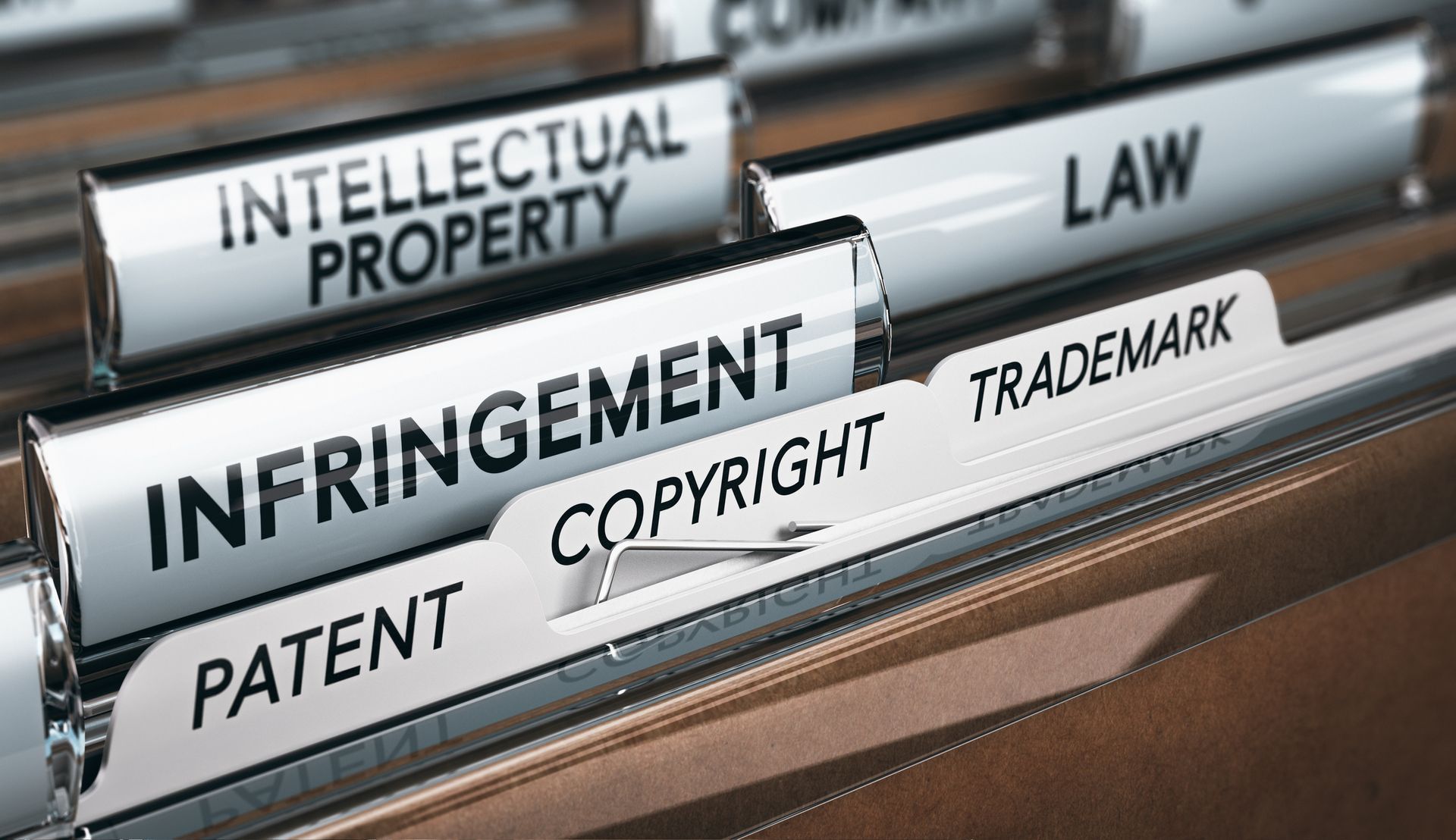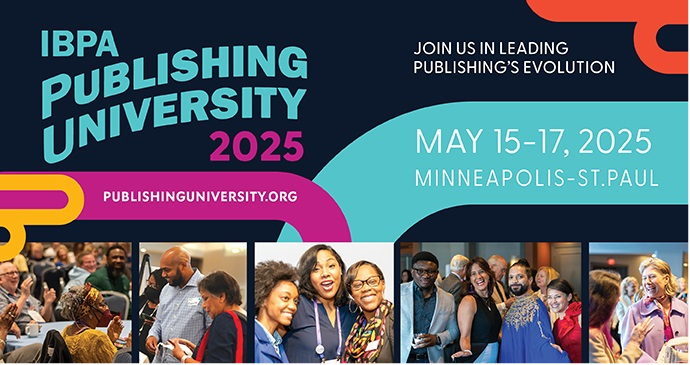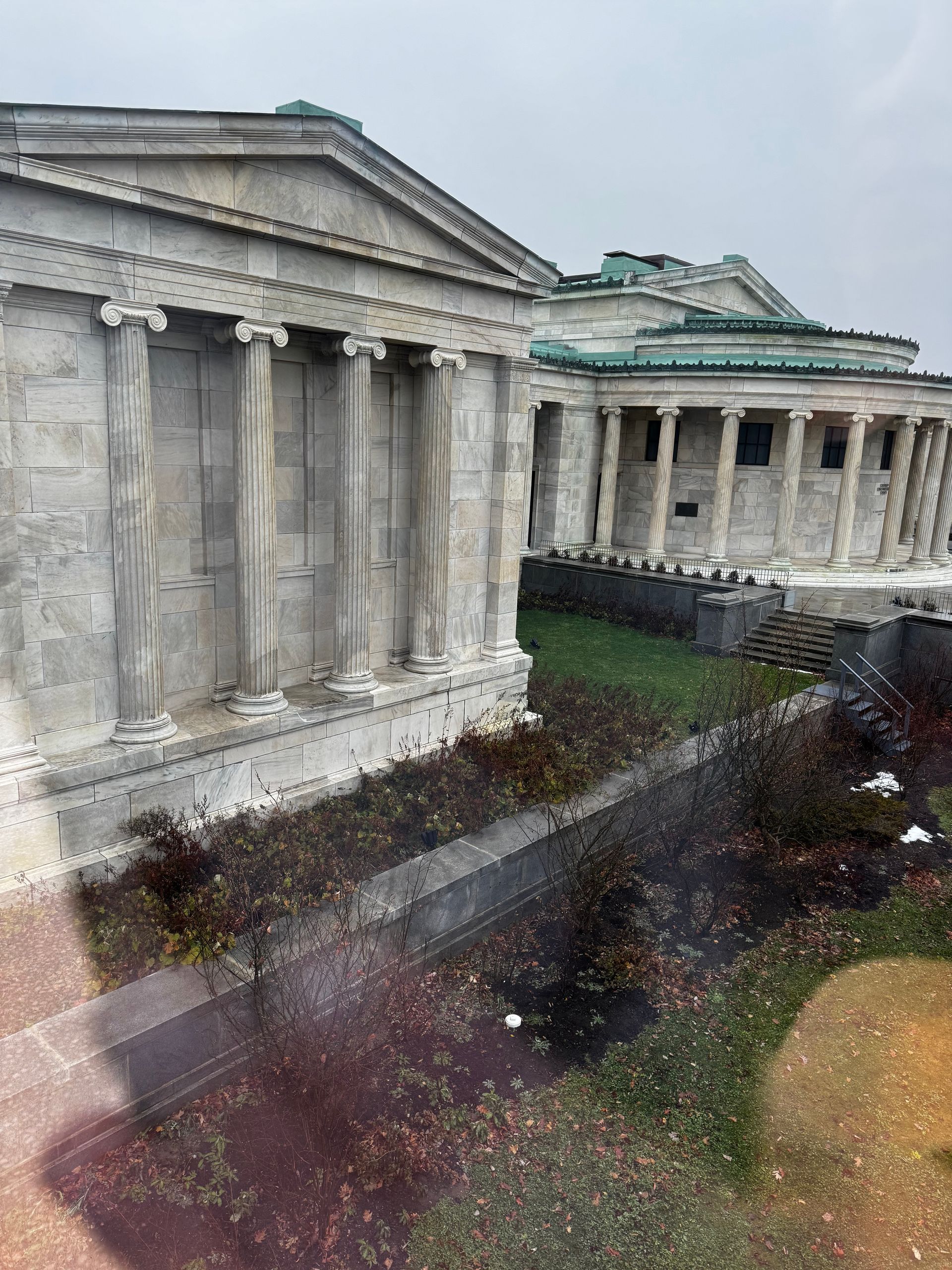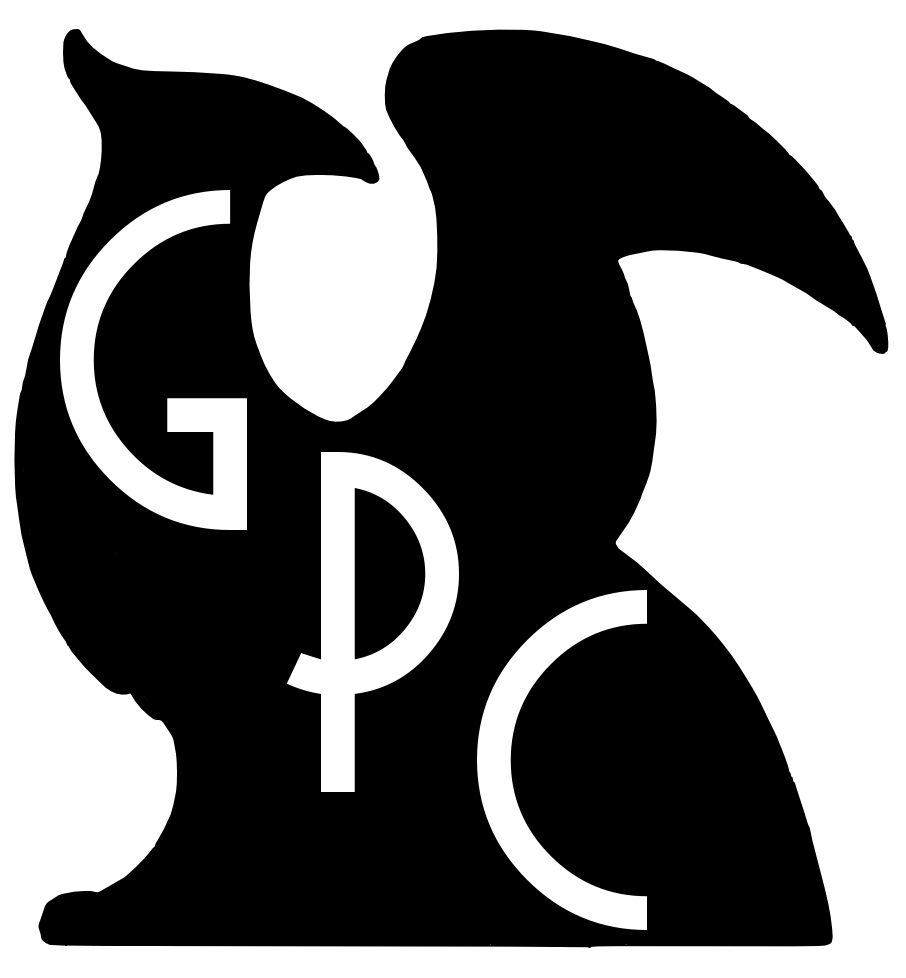Content is King, But Who Rules Over AI?
The Battle for Copyright on the AI Front Continues

The expression "Content is King" has been with us for what seems ages now. Once used in reference to television or other media properties, it now broadly can refer to pretty much any intellectual property. And if you've paid attention at all to the topics covered in this blog, you know that intellectual property has value, and is protected here in the United States by several items written into the U.S. code (U.S. law): patent, trade, and copyright law.
With books, movies, magazines, and the entirety of company-based and creator-made content available on the internet around the globe, there can be little doubt of the value of content. In February of this year, a policy brief asked that the UK government find a path towards supporting AI industries while still ensuring that creators are fairly compensated for their work. In March,The Atlantic published a report showing thousands of books, research articles, and more content that Meta scraped from the online repository LibGen. And the European Union as a governing body has been working to come up with a body of laws to help govern the use of content and AI itself.
Lawmakers and copyright officials here in the U.S. have likewise been busy. Last week, the U.S. Copyright Office released a (pre-publication) third part of its study on copyright and AI*. This third installment focuses specifically on generative AI, and how the acquisition of materials used to train these models intersects with current copyright law in the U.S.
Of particular note, the report states: "...The Copyright Act grants copyright owners a set of exclusive rights: to reproduce, distribute, publicly perform, and publicly display their works, as well as the right to prepare derivative works. Establishing a prima facie** case of infringement requires two elements: "(1) ownership of a valid copyright, and (2) copying of constituent elements of the work that are original.” Creating and deploying a generative AI system using copyright-protected material involves multiple acts that, absent a license or other defense, may infringe one or more rights."
It's really not that much of a surprise that the U.S. Copyright Office's report squarely defends the rights of copyright holders, especially given the global conversations up until now. There even exists precedent for some AI companies obtaining permissions for content or otherwise utilizing material that is clearly in the public domain. Publishers and agents have also been hard at work creating licensing language that could be used to make sure that authors and artists retain their rights and being fairly compensated for their work if it is used in ANY commercially-derivative manner--including training AI.
Big tech companies who have built AI models are seeking profitable ways forward like to claim that content is "too expensive" to train their models, even as the expense of simply using an AI chatbot is growing. But this argument only helps to underscore the value of that creative content. The path forward to compensate creators for the use of their content in LLMs seems very murky.
The middle ground does exist, however. Even the U.S. Copyright Office mentions this in part 2 of their report on AI, stating that copyright-ability of AI-generated content is possible to the extent that human-authored prompts ultimately assisted in the creation of the new work (so, AI was utilized more as a tool rather than wholly generating the content). That said, these "hybrid" AI authorships will be considered by copyright examiners on a case-by-case basis.
Content continues its reign, but the battle over copyright and AI-generated works continues.
*After the release of the preliminary report, the Registrar of Copyrights was dismissed by the current administration. How this will affect the release of the final report is unclear at the present time.
**Prima facie is Latin for "at first sight." In U.S. Copyright law, it means that the owner of the copyright appears to be entitled to all of the rights in and to their work based on the two elements described in the text above.



